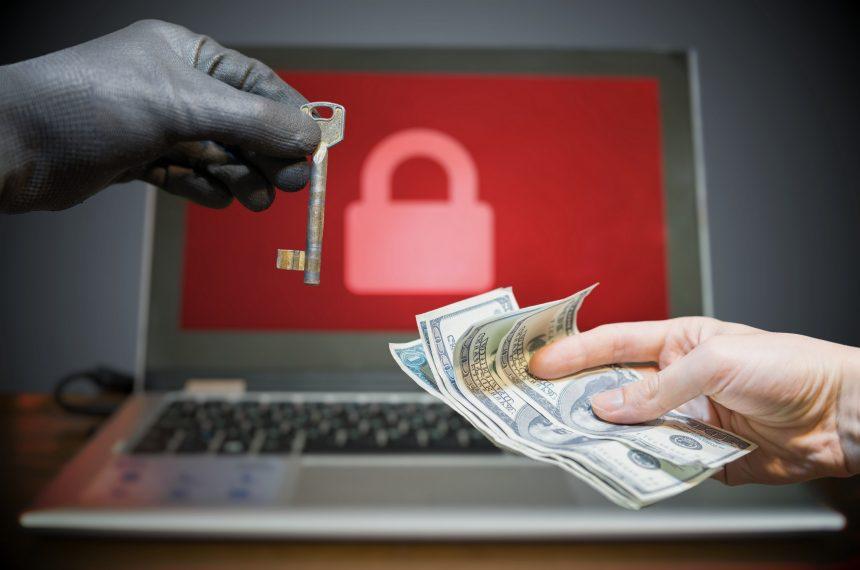In the dark realm of cyber threats, ransomware continues to pose a severe risk to individuals and organizations alike. Among the latest strains, Lock ransomware, a member of the notorious MedusaLocker family, has emerged with a malicious agenda to encrypt files, disrupt operations, and extort victims for financial gain. This article delves into the intricacies of Lock ransomware, shedding light on its actions, consequences, and offering insights into prevention and removal.
Lock Ransomware: Actions and Consequences
Lock ransomware operates with a ruthless efficiency, encrypting files and leaving a digital trail of havoc in its wake. The malware appends a “.lock3” extension to filenames, rendering them inaccessible. Victims are then confronted with a ransom note, “How_to_back_files.txt,” which serves as a chilling declaration of the breach.
The perpetrators claim to have encrypted files using RSA and AES encryption, warning against attempting restoration with third-party software. The note instills fear by threatening to expose sensitive data obtained during the breach unless a ransom is promptly paid. To prove their decryption capability, the attackers offer to decrypt a few non-critical files at no cost.
Victims are coerced into initiating contact with the cybercriminals via email to negotiate the ransom amount and obtain the required decryption software. Failure to comply within 72 hours results in an escalated ransom demand. Additionally, a Tor chat link is provided, ensuring ongoing communication between the attackers and victims.
Similar Threats
Lock ransomware shares characteristics with other notorious threats in the ransomware landscape. Variants like Lomx, HuiVJope, and Turtle employ similar tactics, encrypting files, demanding ransoms, and exploiting vulnerabilities in cybersecurity.
Removal Guide
Responding promptly to a Lock ransomware infection is critical to mitigate further damage. Follow these steps to remove the threat:
- Isolate Infected Devices: Disconnect infected devices from the network to prevent the spread of ransomware.
- Identify and Quarantine Malicious Files: Manually identify and quarantine files associated with Lock ransomware.
- Terminate Malicious Processes: Use Task Manager or similar tools to terminate any malicious processes associated with the ransomware.
- Restore Files from Backup: If available, restore files from a clean backup to avoid paying the ransom.
- Contact Cybersecurity Experts: Seek assistance from cybersecurity professionals to analyze and clean the infected systems thoroughly.
Best Practices for Prevention
Preventing a Lock ransomware infection involves a combination of awareness, secure practices, and proactive measures:
- Email Vigilance: Exercise caution with email attachments and links. Avoid opening attachments from unknown or suspicious sources.
- Software Updates: Keep operating systems and software up to date to patch vulnerabilities exploited by ransomware.
- Backup Regularly: Maintain regular backups of important data, stored offline or in a secure cloud environment.
- Security Software: Utilize reputable antivirus and antimalware softeware for real-time protection against ransomware.
- Employee Training: Train employees on recognizing phishing attempts and social engineering tactics to reduce the risk of infection.
- Network Segmentation: Implement network segmentation to contain potential ransomware outbreaks.
- Access Control: Limit user privileges to restrict access and minimize the impact of a potential ransomware infection.
- Adopt Behavior Analysis: Employ behavior analysis tools to detect and block suspicious activities indicative of ransomware.
In conclusion, the Lock ransomware poses a significant threat to data integrity and security. By understanding its actions, consequences, and adopting preventive measures, individuals and organizations can fortify their defenses against this malicious strain and other variants lurking in the cyber shadows.





